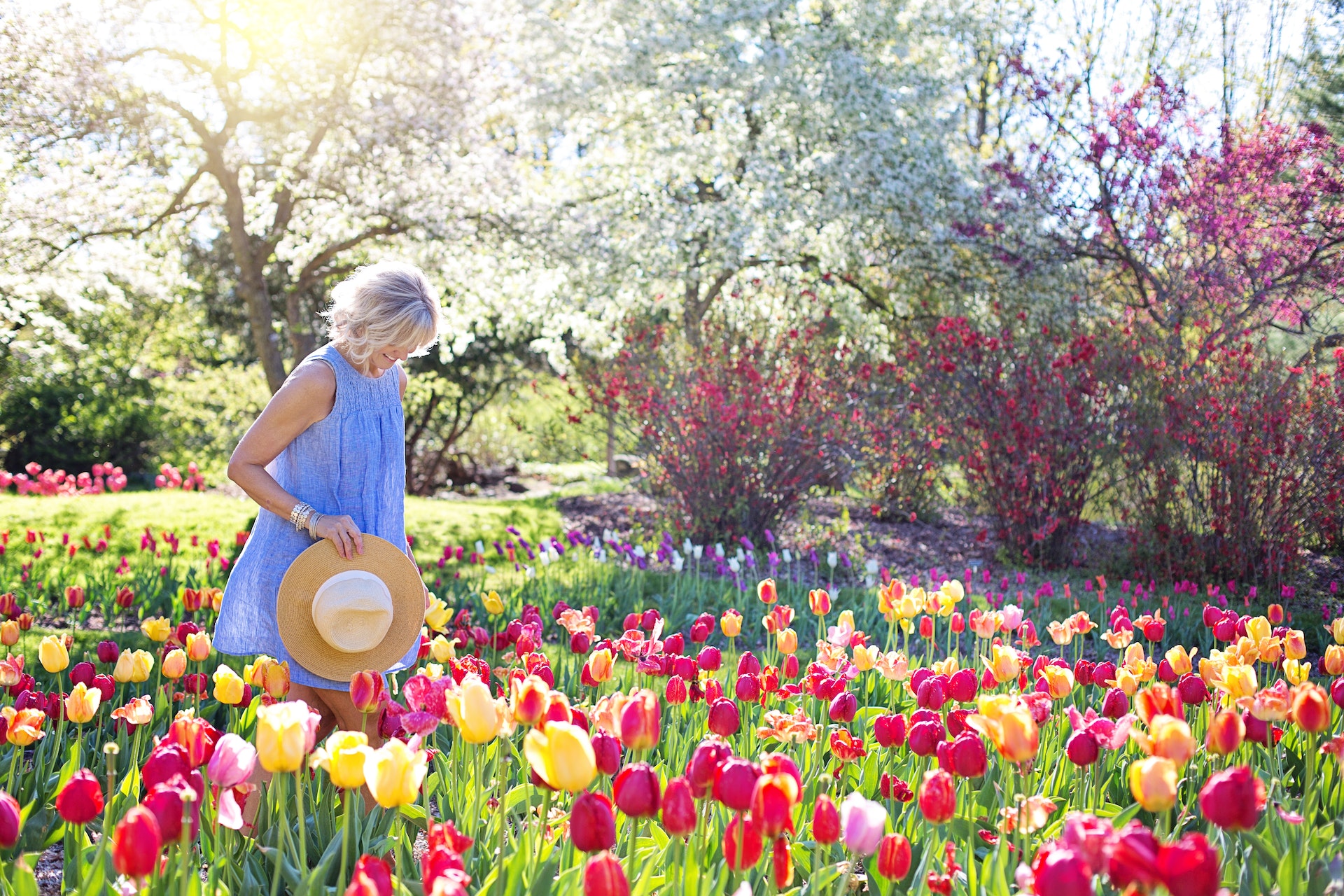Creating a garden oasis doesn't have to be complicated. With the proper knowledge and effort, you can transform your backyard into an oasis full of lush foliage and vibrant colors. Taking care of your garden is essential; it will not only look beautiful but also help keep pests at bay and promote healthy plant growth. This article will discuss tips for caring for your garden and creating a beautiful outdoor sanctuary. These tips will help you keep your plants healthy and happy so you can enjoy the beauty of nature in the comfort of your backyard.
Water your plants regularly
Watering is one of the most critical steps in caring for your garden. Plants need a steady water supply to grow and thrive, so you must check on them regularly to keep them hydrated. Depending on the type of plants you have, they may require different amounts of water. For example, succulents should be watered sparingly, while other plants may need to be watered daily. Consult a gardening expert or research online if you need help with how often to water your plants. Additionally, adding mulch to your garden will help retain moisture and reduce how much water plants need.
Plant in the suitable soil
The type of soil you plant in can have a significant impact on the health of your plants. Different plants require different types of soil to thrive, so it's essential to research what type of soil is best for the plants you want to grow. Different soils can have different pH levels and nutrient contents, so getting the right kind for your plants is vital to ensure optimal growth and blooming. Additionally, adding compost or organic matter can help improve soil quality and provide essential nutrients for your plants.
Choose the right plants
Not all plants are created equal; some are better suited for certain climates and conditions than others. When choosing plants for your garden, it's essential to consider your area's climate and weather conditions. For example, if you live in an area with plenty of sun, you'll want to choose plants that can handle direct sunlight without wilting. Similarly, if you have a shady spot in your garden, look for plants that thrive in those conditions. Also, research the best flowers and vegetables to plant in your climate zone. It will help ensure that your plants get the right amount of sunlight and water they need to thrive.
Install roof cover
A roof cover is a great way to protect your garden from the elements. It can provide shade, shelter, and protection from harsh sunlight and rainfall. It also helps keep weeds out of your garden and prevents wind damage to your plants. Additionally, there are several options, so look at pergola roof cover ideas to choose the best style for your garden. When installing a pergola, it's important to use durable building materials and ensure it's securely attached to your existing structure so it won't blow away in a storm. Additionally, pay attention to proper ventilation to ensure sufficient airflow, as pergolas can trap heat and humidity.
Plant in the right location
Choosing the right spot for your plants is essential to ensure they get enough sunlight and water. Consider the amount of sunlight a particular area of your garden gets during the day and its proximity to trees or buildings that could cast shade on your plants. Additionally, consider the soil quality - some areas of your garden may be more suitable for certain plants than others. If you need help determining what environment your plants need, research online or consult a gardening expert. Moreover, consider the available space and plant your plants to avoid overcrowding.
Prune and weed regularly
Regular pruning and weeding are essential to keeping your garden healthy and tidy. Pruning helps encourage plant growth by removing dead or damaged branches while also shaping plants to control their size and shape. On the other hand, weeding prevents weeds from crowding out your plants and competing for resources like sunlight, water, and nutrients. Both tasks require some effort but can be quickly done with the help of gardening tools like pruning shears and hand trowels. Additionally, removing weeds is essential before they can spread their seeds, as this will help stop them from establishing themselves in your garden.
What are some common gardening mistakes?
Gardening is rewarding and enjoyable, but it's easy to make mistakes when starting and maintaining a garden. Even experienced gardeners may sometimes slip up and make mistakes that can damage or kill plants. Understanding these common errors can help you avoid them and ensure your garden thrives.
Not researching plants and climate
One of the most common mistakes is not researching plants and climate before planting. Different flowers, vegetables, and trees require different amounts of sunlight, water, and nutrients to grow. Additionally, some plants are more tolerant of extreme weather conditions than others.
Not using the right tools and protective gear
Another common mistake is not using the proper gardening tools and protective gear. Gardening can be physically demanding, so using tools designed for the job is essential. Additionally, wearing protective clothing such as gloves and long sleeves can prevent dirt and other irritants from entering your skin.
Overwatering plants
Overwatering plants can be a significant mistake and should always be avoided. Too much water can cause root rot, which can cause the plant to die or become diseased. Instead, check your soil moisture with a moisture meter to ensure you're giving your plants just the right amount of water.
